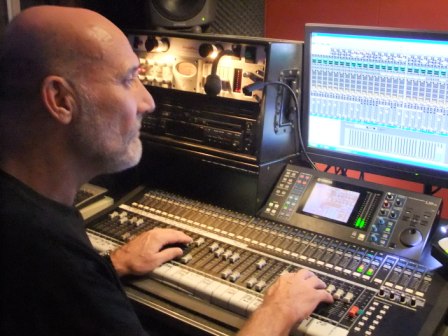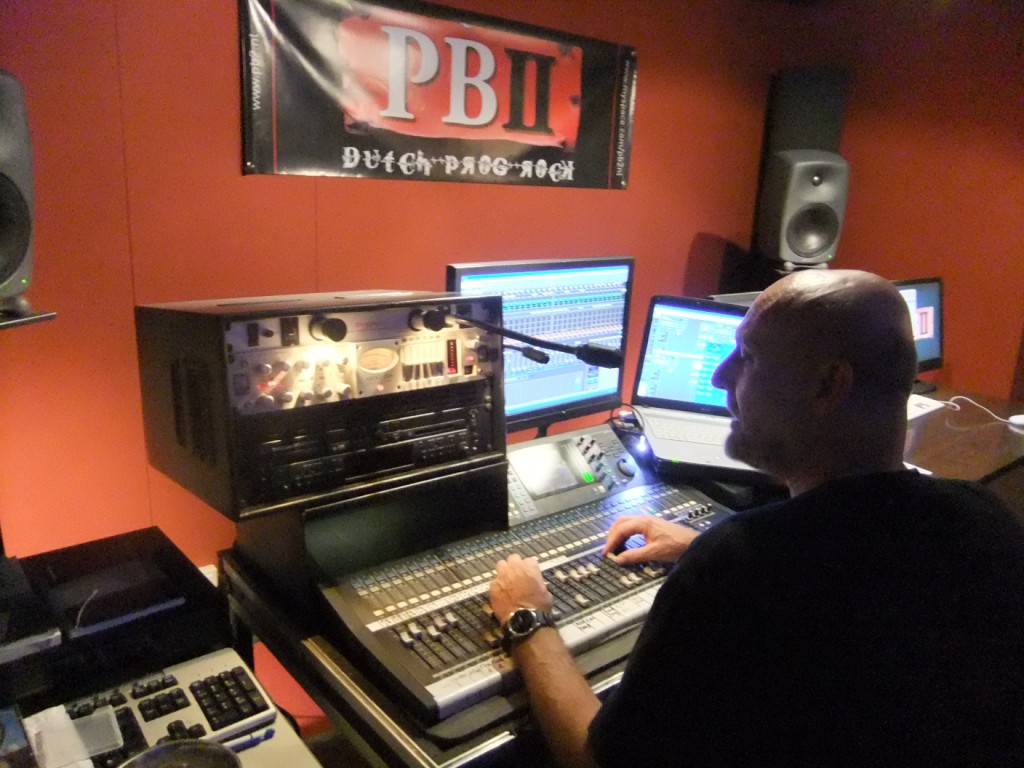|
|

|

|
|
In 1978 I was asked by Plackband to adjust the sound. At that time it was not yet common that the venues where bands performed, had their own sound system (PA), and also rented it was very difficult then. As a result, we then decided to create a sound system purchase. At that time it was not easy to put together a good PA system argues, a lot of testing had to be done to get things going to get. And since I am a perfectionist in that area we have put a lot of effort into streamlining our PA. The result was a perfect hall sound, like many other bands was jealous of. |

|

|
|
The installation was so extensive at the time the sound boxes were very large, that we had a transport problem. A ordinary van was much too small, so a truck was made purchased. Next problem: "Who's going to run that thing?" So I have when got my big driver's license. After the Plackband broke up, I worked with Tom runs a sound studio. This studio called Sound Design was located in The Hague Pop Centre. We did the recordings there for the November CD. |

|

|
|
In 1999 Plackband was revived and I started doing the sound again. In terms of engineering, a lot had changed in all of those years. Halls now had their own sound system. Very easy, but there is also a disadvantage, you always have dealing with another PA. In order not to have to use a different mixing console every time I had to be able to work quickly a digital mixing console: Yamaha LS9 (64 channels) purchased. Besides the hall sound I could also arrange the monitoring for the band. |

|

|
|
During our tour with Save The Earth I became completely enthusiastic about the Digico mixing console. After some research and with support from Ampco, I bought a Digico SD8 core 2 with 120 input channels. In addition, a madirack 48/16. Every disadvantage has its advantage I now have i.v.m. the virus time to get to the bottom of the table. I can't wait to get it into production. |